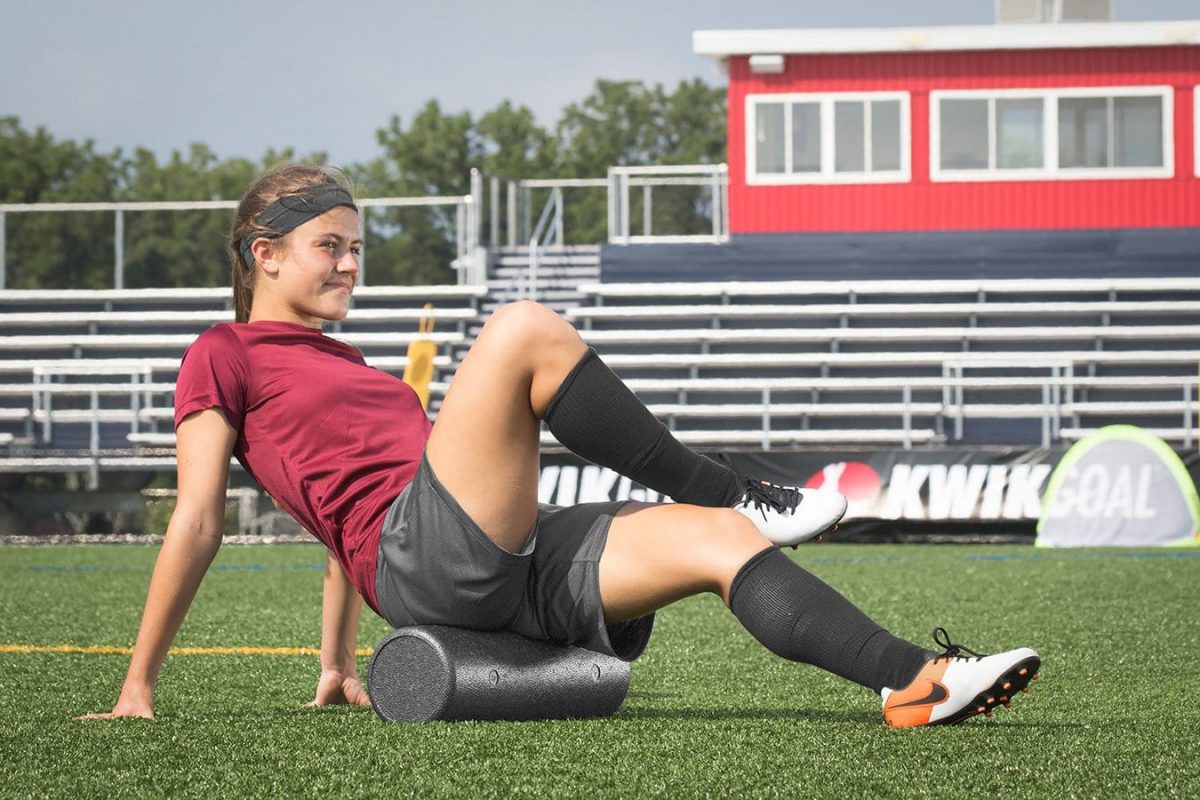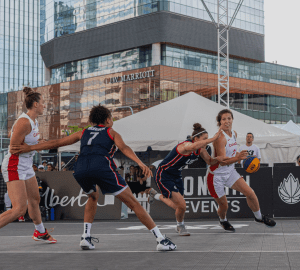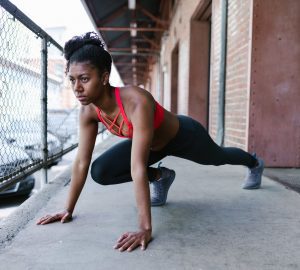Welcome to our comprehensive guide on the benefits of foam rolling for rugby players. Rugby demands strength, agility, and resilience, and to excel in this high-impact sport, your muscles need the right care and attention. In this article, we’ll delve into how foam rolling for rugby players can enhance your performance, prevent injuries, and keep you at the peak of your game. Plus, we’ll explore the key muscle groups rugby players should focus on when incorporating foam rolling into their training routines. Let’s roll into it!
Foam Rolling for Rugby Players: Unlocking Peak Performance
Foam rolling for rugby players is more than just a trendy fitness fad; it’s a game-changer that can significantly enhance your athletic performance on the rugby field. This powerful self-myofascial release technique offers numerous benefits tailored to the unique demands of rugby. Here’s why every rugby player should incorporate foam rolling into their training routine:
1. Improved Flexibility and Range of Motion: Rugby demands a wide range of motion and flexibility to perform kicks, tackles, and quick directional changes. Regular foam rolling helps release muscle knots and tension, promoting greater flexibility and mobility, which are essential for agility and injury prevention.
2. Enhanced Muscle Recovery: The physical intensity of rugby can leave players with sore muscles and fatigue. Foam rolling increases blood circulation to the muscles, helping to alleviate post-match or post-training soreness, allowing you to recover faster and get back in the game sooner.
3. Injury Prevention: Rugby is a contact sport with a high risk of injury. Foam rolling helps identify and target areas of muscle tightness and imbalance, reducing the risk of overuse injuries and strains. Keeping your muscles supple and balanced can keep you on the field and off the bench.
4. Performance Optimization: To excel in rugby, you need optimal strength and power. Foam rolling before a game or training session can stimulate the nervous system, potentially improving muscle activation and power output.
5. Stress Reduction: Rugby can be mentally and physically taxing. Foam rolling provides a moment of relaxation, reducing stress and promoting overall well-being, which can translate into better focus on and off the field.
Incorporating foam rolling for rugby players into your training regimen can give you the competitive edge you need, enhancing your flexibility, recovery, injury prevention, performance, and mental resilience. If you haven’t already got a foam roller, then check out the best foam roller tools on Amazon. Don’t overlook this simple yet highly effective tool for rugby success.
Common Muscles to Foam Roll for Rugby Players
In the world of rugby, where physicality and agility are paramount, maintaining peak muscle condition is essential. Incorporating foam rolling for rugby players into your routine can target key muscle groups to enhance performance and prevent injuries. Here are some common muscles rugby players should focus on when foam rolling:
Quadriceps (Front Thighs):
- Description: The quadriceps are heavily engaged in sprinting, tackling, and scrummaging, making them prone to tightness and overuse.
- Foam Rolling Guide: Start by placing the foam roller beneath your thighs. Roll slowly from your hip to just above your knee, pausing on any tender spots for about 30 seconds.
Hamstrings (Back Thighs):
- Description: Hamstrings play a critical role in running and bending. Tight hamstrings can lead to strains. This exercise is also good with a spiked foam roller vs a regular smooth roller to add more pressure.
- Foam Rolling Guide: Sit on the foam roller with your legs extended. Roll from your glutes to just above your knees, focusing on any tight areas.
Iliotibial Band (IT Band):
- Description: The IT band runs along the outer thigh and can become tight, leading to knee and hip discomfort.
- Foam Rolling Guide: Lie on your side with the foam roller beneath your hip. Roll from your hip to just above your knee, paying extra attention to any knots.
Calves:
- Description: The calf muscles are heavily used in sprinting and jumping, making them prone to tension.
- Foam Rolling Guide: Sit with your legs extended and the foam roller under your calves. Roll from just above your ankle to just below your knee, pausing on tight spots.
Latissimus Dorsi (Lats):
- Description: The lats are crucial for tackling and ball-handling. Tension here can affect upper body mobility.
- Foam Rolling Guide: Lie on your side with the foam roller under your armpit. Roll from your armpit to the base of your ribcage.
Glutes (Buttocks):
- Description: The glutes power your runs and provide stability. Tight glutes can lead to lower back discomfort.
- Foam Rolling Guide: to foam roll the glutes, sit on the foam roller with one foot crossed over the opposite knee. Roll over each glute, focusing on areas of tightness.
Chest and Shoulders:
- Description: Rugby tackles and scrums engage these muscles. Tension can hinder upper body flexibility.
- Foam Rolling Guide: Lie face down with the foam roller under your chest. Roll from your armpits to the base of your sternum.
By regularly targeting these muscles with foam rolling for rugby players, you can reduce muscle tightness, enhance flexibility, and mitigate the risk of injuries, ultimately improving your performance on the rugby field. Incorporate these foam rolling exercises into your training routine to stay at the top of your game.








